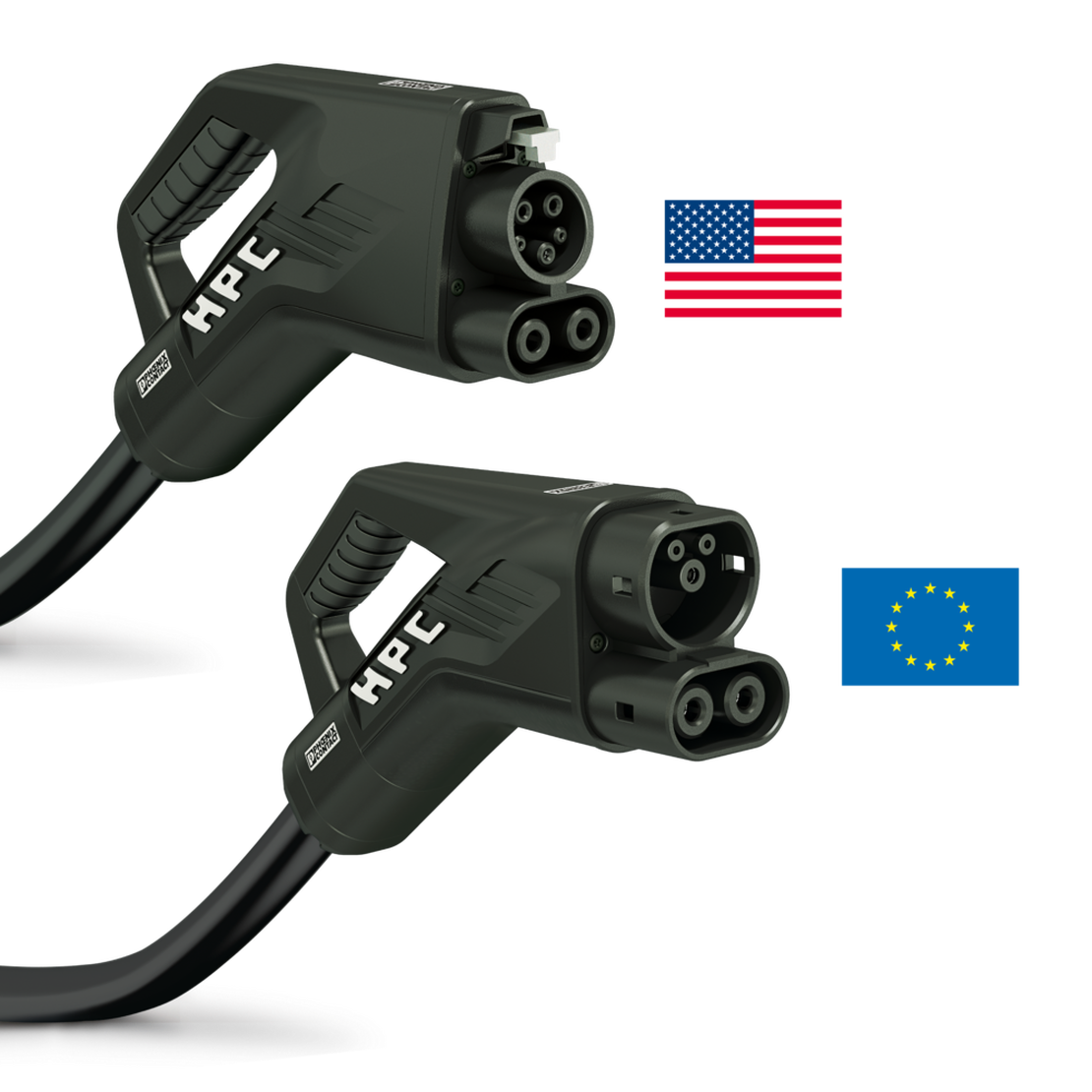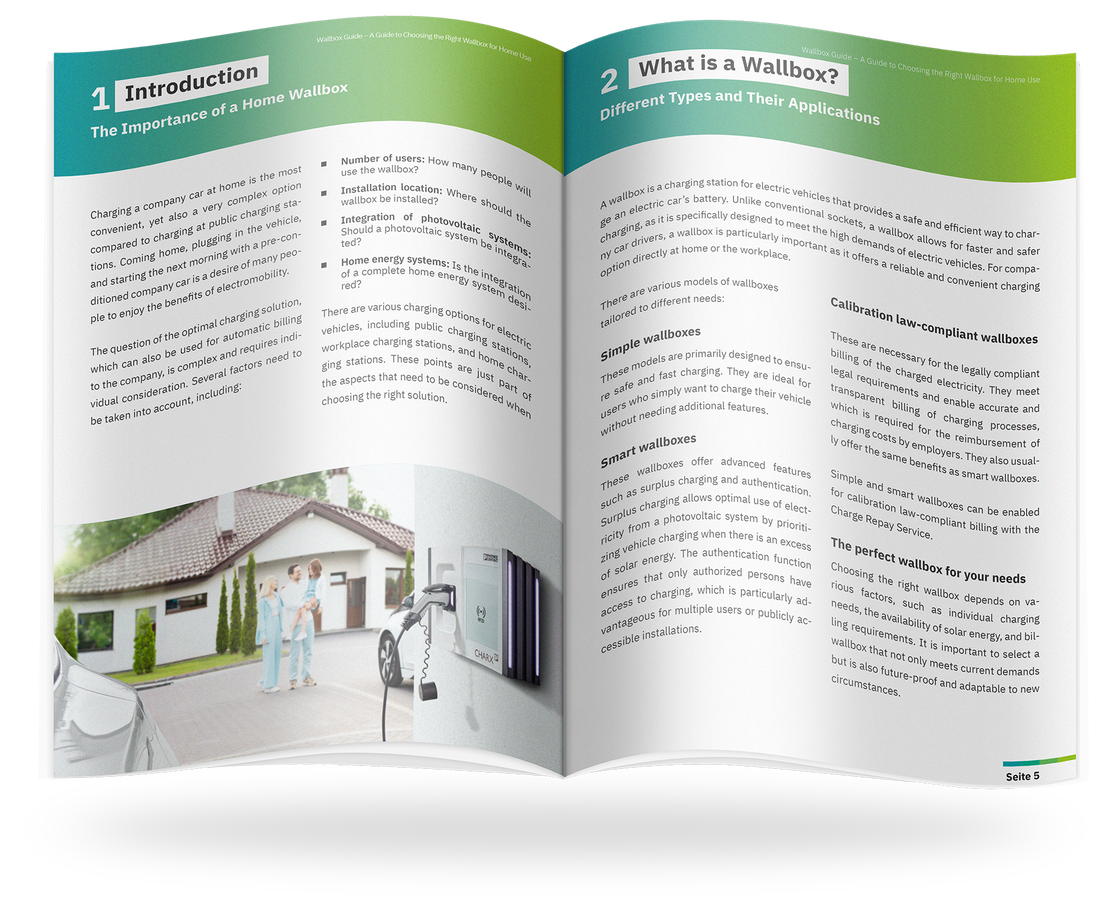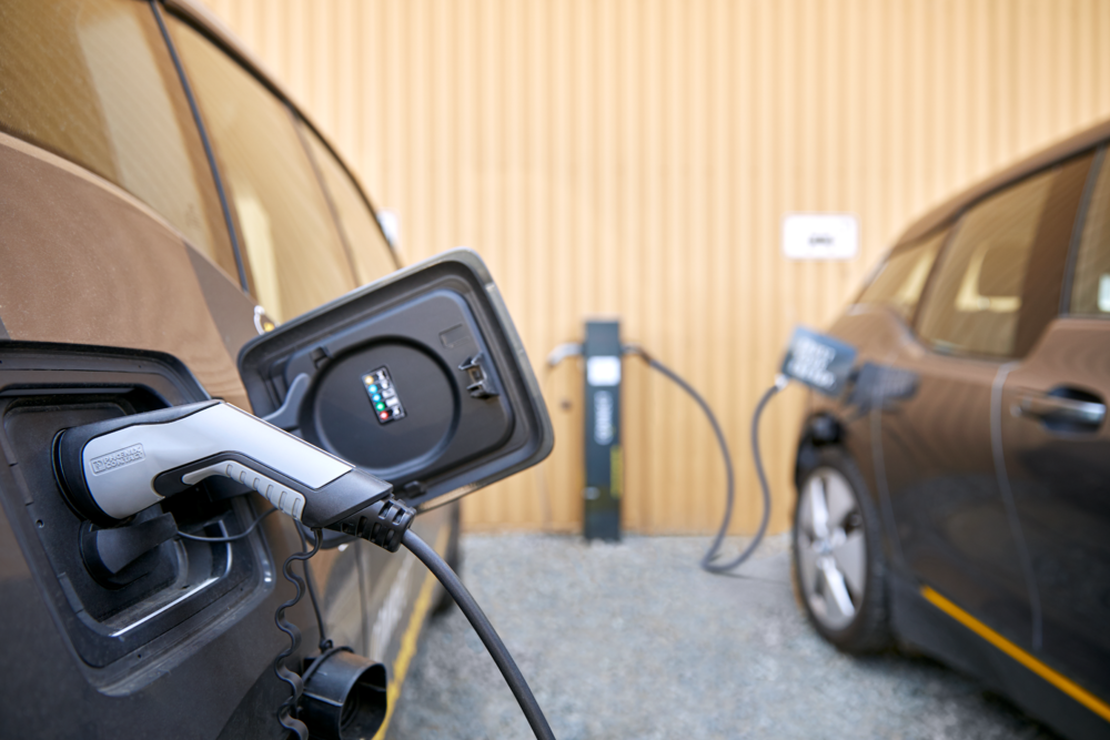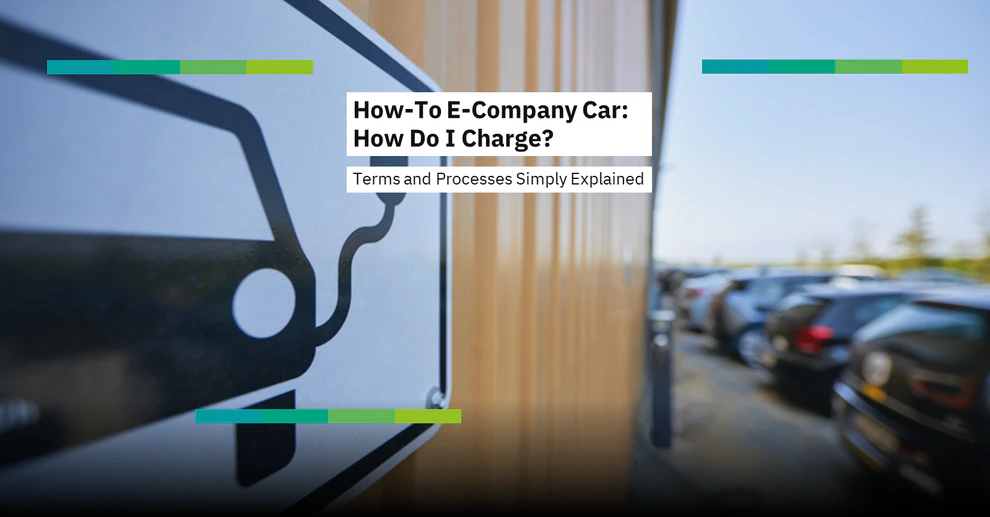Many fleet managers and company car drivers are currently facing the question: How do I charge my e-company car efficiently and cost-effectively? In this article, we provide you with a comprehensive overview of the various charging options and practical tips to ensure the best charging experience with your e-company car.
Basics of Charging E-Company Cars
There are different ways to charge your e-company car: at home, at work, or at public charging stations. When charging an electric car, a distinction is made between alternating current (AC) and direct current (DC) charging. While AC charging is usually slower and suitable for overnight charging, DC charging allows for quick recharging on the go.
Distinction Between PHEV and BEV
Plug-in hybrid vehicles (PHEV) and battery electric vehicles (BEV) differ not only in pure battery capacity but also in charging performance. PHEVs typically have smaller batteries and can be operated both electrically and with an internal combustion engine. Charging usually involves a Type 2 AC charging port with a maximum charging capacity of 3.6-7.4 kWh. BEVs run exclusively on electricity and can generally be charged with both AC and DC. The charging capacities are significantly higher, allowing for quick recharging on the go.
Technical Types of Charging
DC Charging
- Charger in the Charging Station: The charger, including the power electronics for converting AC to DC, is located in the charging station.
- High Power: Also known as fast charging. Fast charging typically offers up to 300 kW, which can be distributed across two charging points. With power sharing, the available power is dynamically distributed among the connected vehicles.
- Public Charging Points: Mostly found at public charging points such as highway rest areas or shopping centers.

AC Charging
- Charger in the Vehicle: The charger, including the power electronics for converting AC to DC, is located in the vehicle.
- Power Classes: Common power classes are 11 kW and 22 kW. The emergency charging cable for a household socket offers up to 3.7 kW.
- Wallbox: The wallbox secures the charging process, communicates with the vehicle, monitors fault currents, and releases the power. It can also reduce the charging power, e.g., for surplus charging.
Plugs and Charging Cables
- AC Plug: In Germany and Europe, the Type 2 plug is now exclusively used.
- DC Plug: The Combined Charging System (CCS) combines a Type 2 plug face with an extension for the DC lines.
For more information on charging infrastructure, click here .
Different Plugs for Charging Electric Cars in the USA
In Europe, the Type 2 plug is the standard for charging electric cars at AC charging stations. For fast charging (DC), the Combined Charging System (CCS), an extension of the Type 2 plug, is used. In the USA, however, the North American Charging Standard (NACS) is used.

Charging at Home (charge@home)
To charge your e-company car at home, you need a wallbox and a suitable power connection. Professional installation is essential.
- Emergency Charging Cable: At the household socket with a maximum of 3.7 kW.
- Wallbox: With 11 or 22 kW. The actual charging power depends on the vehicle. If it only supports 11 kW, a 22 kW wallbox offers no additional advantage.
- Note for PHEV: Some PHEVs have a maximum charging capacity of 7.4 kW, meaning they charge single-phase with 32A. This is only possible with a 22 kW wallbox. With an 11 kW wallbox, such vehicles only charge at 3.6 kW.
Guide to choosing a Wallbox: Your comprehensive Guide!
Our guide provides you with important insights into the details you should consider before purchasing a wallbox. Learn about the key criteria to make the right choice for your home and company car.
REQUEST GUIDE
Calibration Law for Home Charging
When charging your company car at home, calibration law requirements must be met to ensure legally compliant billing . This includes the use of calibrated meters and the transparent recording of each charging process. These measures ensure that the billed amount of electricity is accurate and traceable, which is particularly important for company cars and shared charging stations.
For more information, see our blog article: Calibration Law in the charge@home Sector .
Billing
For company cars, a legally compliant wallbox and a corresponding billing service are important to get the electricity costs reimbursed by the employer. This can be done through a calibration-compliant wallbox and a billing service like the Charge Repay Service, which enables accurate recording and billing of the charged electricity. The Charge Repay Service can also retrofit non-compliant wallboxes to make them compliant for calibration-compliant billing.
Charging at Work
Das Laden am Arbeitsplatz kann eine günstige Alternative für Dienstwagenfahrende sein, die keine Möglichkeit haben zuhause zu laden. Es ist ebenfalls bequem und die Strompreise sind günstiger als im öffentlichen Bereich.

Infrastructure
There are various solutions for companies to provide charging infrastructure, from simple wallboxes to complex charging systems. Especially in manufacturing industries, it can be worthwhile to invest in a complex controllable charging infrastructure to reduce peak loads if necessary.
Public Charging Stations
Networks and Apps
There are numerous networks and apps that help you find public charging stations. These often also provide information on availability and costs.
Connection and Costs
When charging in public, unlike at home wallboxes, you usually won’t find attached cables but only a socket, and you need to use your own charging cable. When buying your Type 2 charging cable, make sure it matches the power class of the vehicle’s charging capacity. It is also advisable to choose a cable that is highly visible or a spiral cable to avoid tripping hazards.
The costs for charging at public charging stations can vary. Inform yourself in advance about the billing methods and possible fees. There are various models on the market with and without a basic fee. Frequent drivers should consider tariffs with a basic fee to benefit from lower electricity costs.

Example of Tariffs with and without Basic Fee
Tariff without Basic Fee
- Cost per kWh: €0.50
- Monthly Basic Fee: €0
- Example Calculation: If you charge 100 kWh per month, you pay €50 (100 kWh x €0.50/kWh).
Tariff with Basic Fee
- Cost per kWh: €0.30
- Monthly Basic Fee: €10
- Example Calculation: If you charge 100 kWh per month, you pay €40 for the electricity (100 kWh x €0.30/kWh) plus €10 basic fee, totaling €50.
Comparison
- Without Basic Fee: You only pay for the electricity consumed, which can be cheaper with low consumption.
- With Basic Fee: You pay a fixed monthly fee but get a lower price per kWh, which can be advantageous with high consumption. For frequent drivers who regularly charge large amounts of electricity, a tariff with a basic fee can be cheaper, as the lower costs per kWh offset or even exceed the basic fee.
Tax Benefits and Subsidies
Company Car Regulation
E-company cars offer various tax benefits, such as reduced taxation of the monetary benefit.
We have covered this topic in our blog post “Tax Benefits of Electric Company Cars in Germany ”.
Subsidy Programs
There are numerous government subsidy programs that support the purchase and installation of charging infrastructure.
We have also covered this topic in our blog post “Subsidies for Wallboxes and Photovoltaic Systems in Germany ”.
Practical Tips and Tricks
- Charging Planning: Plan longer trips in advance and use apps to find charging stations along your route.
- Charging Behavior: Optimize your charging times by charging at night or during working hours when demand is lower.
Conclusion
Charging an e-company car is easier than it seems at first glance. With the right information and a little planning, you can fully enjoy the benefits of electromobility. Especially charging at home or at work offers high convenience at low costs.




